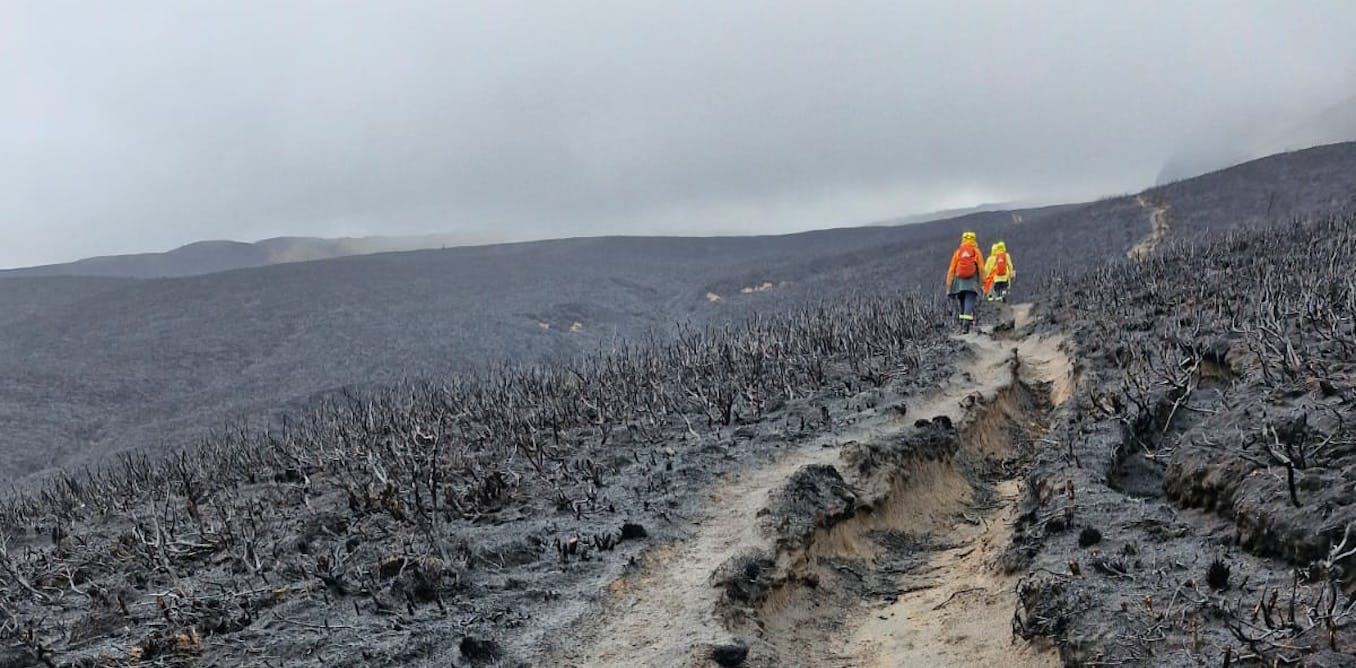The Welsh government is set to introduce a visitor levy, or tourism tax, from 2027. Outlined in a new bill, visitors could pay £1.25 per night for most accommodations, with a reduced rate of £0.75 for camping pitches and dormitories.
A report we authored on the effects of visitor levies around the world helped to inform the bill.
This move follows similar steps taken in Scotland. It would make Wales the 25th country in Europe, by our count, and the 50th worldwide, to implement some type of visitor levy.
Most tourism taxes are structured as overnight stay levies, such as those in Spain, Italy and the US (where it is known as the “lodging tax”). However, some countries impose entrance taxes at borders, as seen in New Zealand, or charge entrance fees for day visitors, as in the recent example of Venice.
The Welsh levy will be hypothecated, meaning funds will be designated specifically for tourism-related projects. Potential uses include cultural preservation, upgrading transport systems and creating amenities that benefit both locals and tourists.
While the Labour Welsh government, Plaid Cymru and the Liberal Democrats – which collectively hold more than 70% of seats in the Senedd (Welsh parliament) – support the levy, opposition is strong. The Conservative party and some industry groups argue that additional costs might deter visitors, particularly in a sector they claim is already heavily taxed compared to other parts of Europe.
But the reality is more nuanced and our research suggests that these concerns may be overstated. When properly implemented in collaboration with industry and local interested parties, a visitor levy can enhance the appeal of destinations by addressing the negative effects of tourism.
Billy Stock/Alamy
How could Wales maximise the levy’s benefits?
Our research highlights several strategies to ensure the Welsh levy delivers maximum benefits.
First, it could introduce tailored rates. Some countries apply different rates based on factors such as length of stay, peak seasons, or exemptions for children. The bill currently lacks this flexibility.
Second, it could include day visitors, as the bill currently applies to overnight stays only. Day tourists often contribute less to the local economy while still generating environmental and social costs, such as increased traffic. Including them could address the strain placed on resources and infrastructure.
Third, the bill gives significant powers to local authorities to determine how tax revenues are distributed. Our research provides local authorities with clear evidence on how they should leverage these powers to bring real benefits to the tourism sector and the host communities in their areas. We identified two revenue-disbursing models that have encouraged effective local collaboration in the destinations we studied.
For example, a “grant-making” model has been used in the Balearics and Iceland to fund various projects. These can be aimed at improving aspects of tourism while also mitigating its effects.
But a more common way of disbursing tax revenues is through a designated body. In most of the destinations we examined, destination management organisations are responsible for distributing tax revenues. Such organisations coordinate marketing efforts, develop infrastructure and mitigate any negative effects. For instance, in South Tyrol, Italy, 70% of revenues are spent by community-level cooperatives. The remaining 30% goes to a regional organisation.
Establishing a network of destination management organisations in Wales could provide a unified vision for its diverse tourism landscape.

CMH.Images/Alamy
Finally, monitoring and evaluating the levy is vital. Regular reviews of the levy’s effects could ensure it remains effective. Venice’s day visitor tax, for example, underwent a four-month trial before its formal adoption. Wales could consider a similar approach, encouraging local authorities to share best practices.
Notably, the bill already proposes creating a registry of tourism accommodation. This could be pivotal for Wales’s tourism sector, providing much-needed data to inform policy and identify opportunities for growth. For the registry to be truly effective, however, it will need to collect detailed, regularly updated information beyond what the current bill mandates.
Wales’s tourism sector is diverse yet under performs in some areas. While the country boasts the highest number of bed spaces per capita in Europe (157 per 1,000 residents compared to a European average of 59), its contribution to the economy and employment remains relatively modest. The success of the visitor levy should ultimately be judged on whether it can help move these metrics in a more positive direction.
From Cardiff’s event-based tourism to coastal caravan parks and the rugged landscapes of Eryri, the levy offers a chance to support the industry’s growth while addressing its challenges. By learning from international examples and tailoring the levy to local needs, Wales has an opportunity to create a tourism model that benefits both visitors and the communities that host them.

The post “Wales plans a tourism tax from 2027 – what it means for visitors and communities” by Linda Osti, Senior Lecturer in Tourism Management, Bangor University was published on 12/04/2024 by theconversation.com



































Leave a Reply